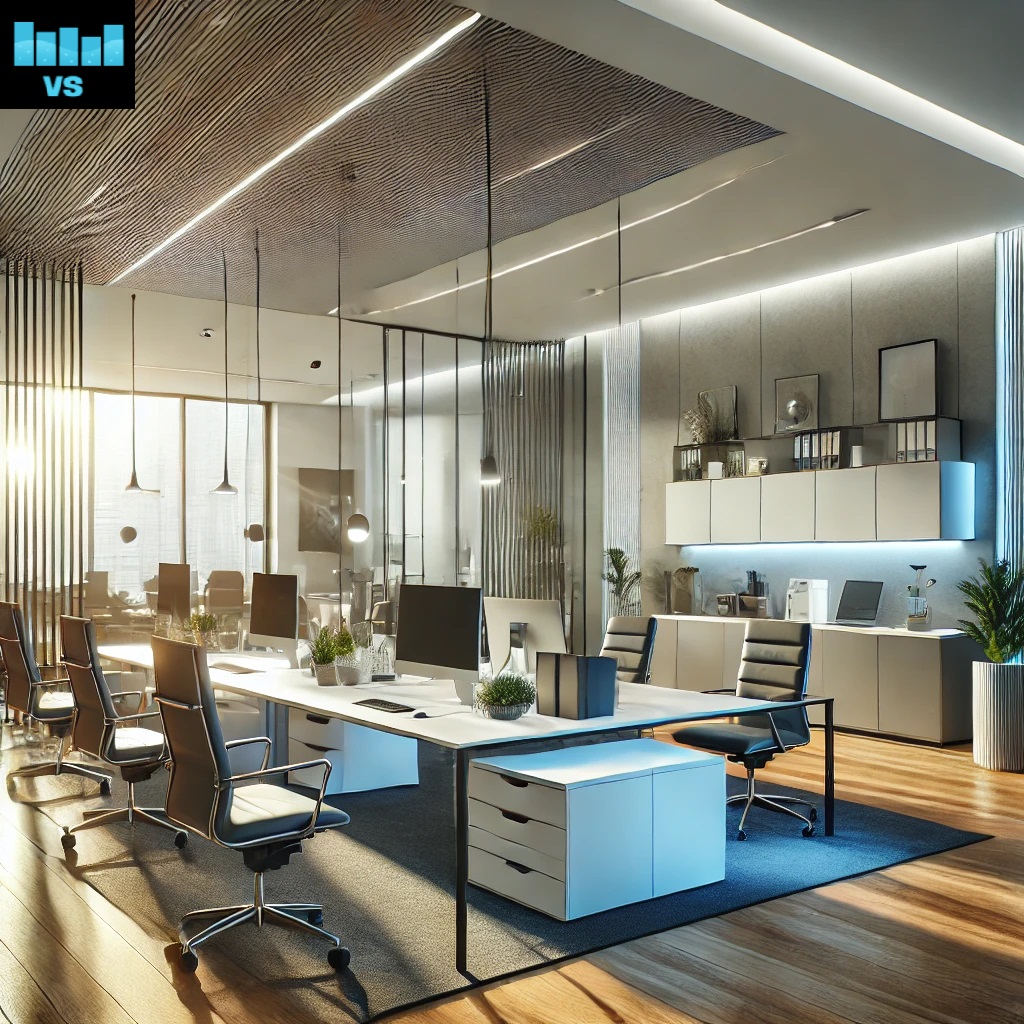Impression: Understanding the Vibe it Creates in Any Situation
When you walk into a new room, meet a new person, or encounter a new situation, you instantly get a feeling about it. That feeling—that immediate response to the surroundings or encounter—is often called an impression. Much like the term vibe, impression refers to the emotional atmosphere or energy that is conveyed. While vibe is often associated with the energy or mood of a space, person, or event, impression is the perception we form based on our interactions with those elements.
In this article, we will explore how impression functions as a synonym for vibe, how it affects our responses to situations and people, and how you can manage your own impression to leave the right vibe on others.

What is Impression? A Vibe Synonym Defined
An impression is the initial or lasting perception formed based on what is seen, heard, or experienced. It refers to the emotional, intellectual, or physical response we have to a place, person, or event. While it shares similarities with the concept of vibe, it often involves a more conscious assessment, whereas a vibe can be felt subconsciously or instinctively.
An impression is based on the combination of sensory experiences, social cues, and personal expectations. The way someone dresses, the tone of their voice, the cleanliness of a space, or the behavior of others can all shape our impression of a situation. When we talk about the vibe of a person or event, we’re often referring to the impression they make, either through their presence, demeanor, or the overall setting.
How Impression Conveys the Vibe of a Person
Just like vibe, impression can refer to the emotional or energetic presence someone gives off. This concept is especially relevant when it comes to personal interactions. The impression you make on others is an essential aspect of communication and social interaction, and it often dictates how others perceive your vibe.
- First Impressions: People tend to form impressions almost immediately upon meeting someone new. From the tone of your voice to your body language and the way you dress, everything contributes to how others interpret your vibe. A confident handshake and a warm smile will likely create a positive impression, whereas a closed-off posture or an unenthusiastic demeanor might result in a more neutral or negative vibe.
- Consistency of Impression: The impression you give initially can linger, influencing how others perceive you over time. A professional or friendly vibe in a meeting could leave a lasting impression of competence and trustworthiness. On the other hand, a disorganized or uninterested vibe could shape someone’s lasting perception of your work ethic or character.
- Influence of Aura: The impression others get from you may also be linked to your aura—the invisible energy or presence you project. A positive aura creates an uplifting impression of warmth and approachability, while a tense or distant aura might lead to an impression of coldness or unapproachability.
Both vibe and impression are subjective and fluid, meaning they can be altered over time through actions, body language, or communication.
The Vibe of a Place: How Impression Shapes Environment Perception
In addition to personal impression, the way we perceive a place is also influenced by the impression it leaves. When you enter a new environment, your impression of the space forms quickly, based on its atmosphere, decor, and the people within it.
- Home or Personal Space: The impression created by the atmosphere of your home contributes significantly to the vibe that visitors perceive. A cluttered, dark room may leave an impression of disorder and negativity, while a clean, cozy living room filled with soft lighting and personal decor may create a feeling of warmth and comfort.
- Professional Environments: A company’s office space or a meeting room can also leave a lasting impression. A sleek, organized office with modern furnishings and a welcoming atmosphere will likely create a positive vibe of professionalism and competence. In contrast, an untidy, cramped, or poorly lit office may create a negative impression, making employees or clients feel uncomfortable or uninspired.
- Public Spaces and Events: The impression of public spaces, like restaurants or stores, often relies on the careful design of the atmosphere. A dimly lit restaurant with romantic decor creates an impression of intimacy and relaxation, while a brightly lit café with vibrant artwork and upbeat music might convey an energetic, lively vibe. The impression you get upon entering a space often shapes your emotional response to it, guiding your experience of the space.
Impression and Media: The Vibe of Films, Music, and Art
Just as people and spaces leave impressions, so do media. Films, music, art, and literature create a certain vibe through their content and presentation. The impression of a work of art or a film’s tone plays a pivotal role in how we interpret its meaning and emotional energy.
- Movies: The impression left by a film is influenced by its atmosphere, pacing, lighting, and music. A horror film with dark, suspenseful lighting and eerie music creates a thrilling vibe, while a romantic comedy with bright visuals and lively music gives off a lighthearted, cheerful vibe. The impression of a film’s tone is what guides the audience’s emotional reaction to it.
- Music: Music is an effective tool for creating specific vibes through its rhythms, harmonies, and melodies. The impression a song leaves can evoke deep emotions, from joy and excitement to sadness or nostalgia. An upbeat pop song creates an energetic, carefree vibe, while a soft, acoustic ballad conveys a more reflective, melancholic impression.
- Art: In the world of visual art, the impression of a painting or sculpture can be deeply influenced by its colors, texture, and composition. A dark, moody painting with muted tones and shadowy figures creates an intense, somber vibe, while a bright, abstract piece filled with vibrant colors can invoke feelings of joy and freedom.
How to Leave a Positive Impression and Shape the Vibe
Understanding how to create the right impression is essential for both personal and professional success. Whether you are meeting someone for the first time or creating an inviting atmosphere for a gathering, here are some tips to leave a positive impression and set the right vibe:
- Be Mindful of Your Body Language: Your posture, facial expressions, and gestures can all influence how others perceive you. A warm, open posture and maintaining eye contact can create a friendly and confident impression.
- Dress for the Occasion: The way you dress can significantly impact the impression you make. Wearing clothes that align with the occasion or setting helps you project a thoughtful and confident vibe.
- Create a Welcoming Environment: If you’re hosting an event or managing a space, make sure the environment is clean, organized, and comfortable. The decor, lighting, and music should align with the purpose of the event and contribute to a positive impression of the atmosphere.
- Be Genuine: Authenticity is key when trying to create a positive impression. People can sense when you are being genuine, and this helps create an inviting vibe that encourages trust and connection.
Conclusion
In summary, an impression is the lasting perception we form based on our interactions with people, places, and experiences. Just like vibe, impression is an important factor in shaping our emotional responses and the energy of a situation. Whether you’re meeting someone new, designing a space, or creating media content, understanding how impression works helps you craft the right vibe and leave a lasting, positive effect on others.
By being mindful of the elements that influence impression—like body language, environment, and behavior—you can actively shape the vibe you project and create a more positive experience for those around you.
